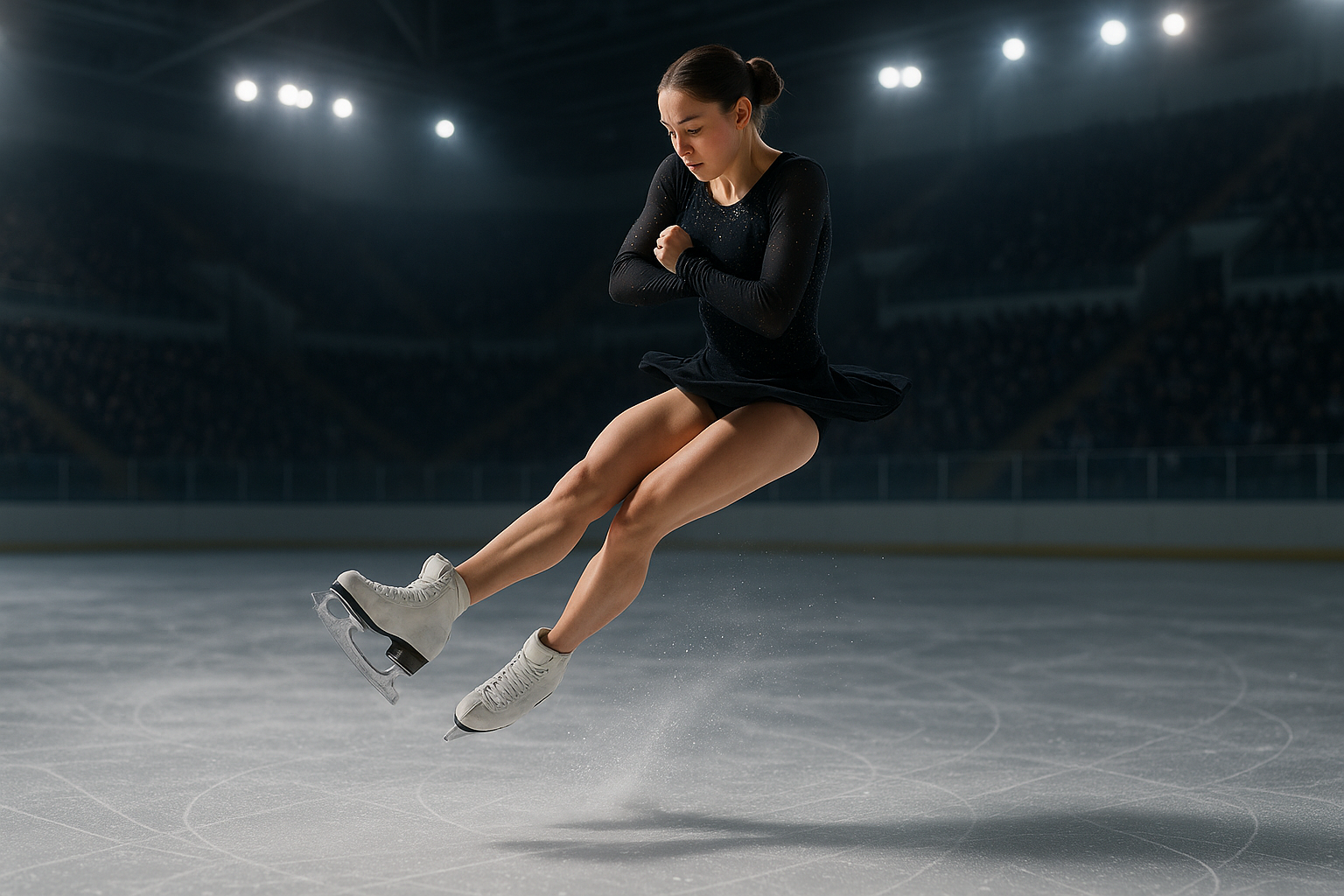Breaking the Ice: The Intricacies and Innovations in Figure Skating
Figure skating, with its blend of grace, power, and acrobatics, has an enduring appeal that captivates audiences worldwide. This thrilling sport has a rich history, is continually evolving, and is characterized by a complex set of techniques that push the boundaries of human skill and athleticism.

Gliding Through History: The Genesis and Progression of Figure Skating
The origins of figure skating can be traced back to ancient times when people used bone skates to traverse icy terrains. Over time, the activity evolved from a practical means of transportation to a form of entertainment and eventually, a competitive sport. The first formal figure skating competition was held in London in 1819, and the sport was included in the inaugural Winter Olympics in 1924. Over the years, figure skating has witnessed numerous changes and enhancements in terms of technical elements, scoring systems, and performance standards.
Spinning Forward: Contemporary Trends in Figure Skating
Modern figure skating is a spectacle of innovation, pushing the boundaries of what’s possible on ice. Skaters now perform incredibly complex jumps with multiple rotations, intricate footwork sequences, and breathtaking lifts in pairs and ice dance. The focus is not just on technical mastery but also on artistic interpretation and emotional expression. Moreover, advancements in skate design and technology have allowed for enhanced performance and safety.
Twirling on Thin Ice: The Challenges and Rewards of Figure Skating
Figure skating, while elegant and beautiful, is an extremely demanding sport. It requires strength, agility, endurance, flexibility, precision, and above all, immense mental toughness. The training regimen is rigorous, and the risk of injury is high. However, the rewards are equally substantial. Aside from the physical benefits, figure skating fosters discipline, resilience, creativity, and self-confidence. It is a sport that exemplifies the power of human potential and spirit.
The Science Behind the Swirl: Understanding the Mechanics of Figure Skating
At its core, figure skating is a fascinating interplay of physics and physiology. The mechanics of skating involve principles of friction, momentum, and angular momentum. The execution of jumps and spins requires a blend of power, balance, and control. Understanding these scientific aspects can enhance performance and prevent injuries. Furthermore, the physical demands of figure skating necessitate a comprehensive approach to training, including strength and conditioning, flexibility exercises, and mental preparation.
The Future on Blades: Emerging Perspectives in Figure Skating
As we look ahead, the future of figure skating promises exciting possibilities. The sport continues to evolve, with skaters pushing the envelope of technical difficulty and artistic expression. There is also a growing emphasis on athlete health and well-being, with increased awareness about injury prevention and mental health. The sport is also becoming more inclusive, with initiatives to promote diversity and gender equality.
In conclusion, figure skating is a dynamic sport that embodies the fusion of athleticism and artistry. Its rich history, continual innovation, and intricate techniques make it a fascinating subject of study. As we appreciate the beauty and grace of figure skating, we also celebrate the human capacity for creativity, resilience, and excellence.






